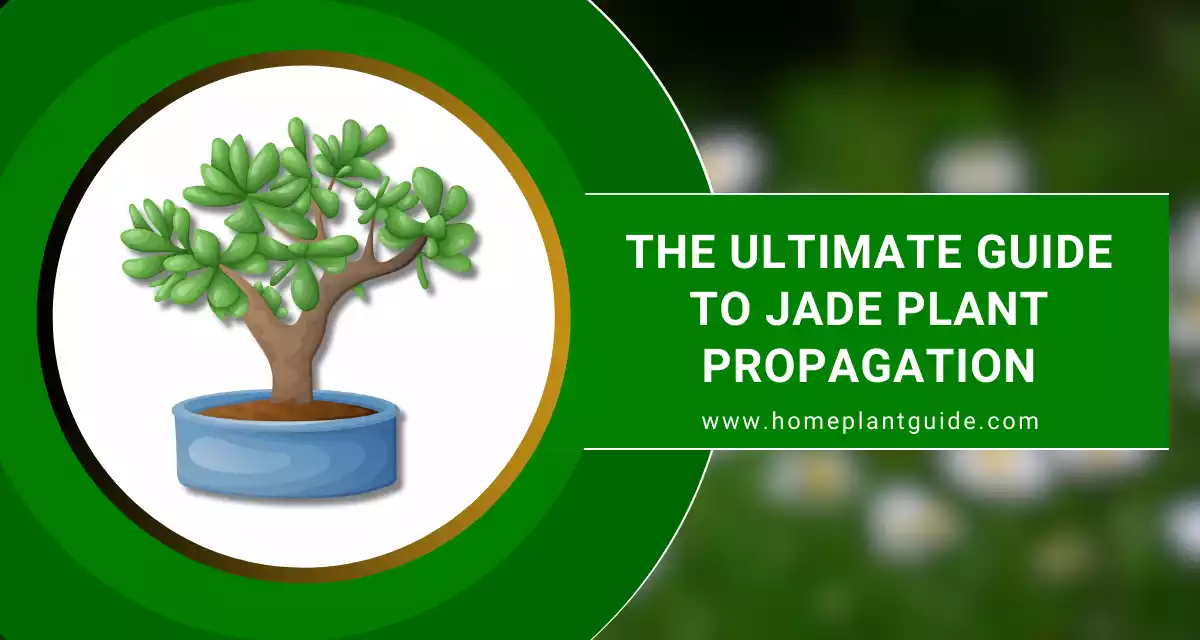The scientific name of the orange spider plant is Chlorophytum comosum. It is a popular houseplant that is loved for its vibrant foliage and easy maintenance.
Orange spider plant propagation is an excellent way to expand your collection and create new plants from existing ones.

Welcome to our comprehensive guide on orange spider plant propagation. In this article, we will walk you through the process of propagating your orange spider plants.
In This Article
Important factors about spider plant propagation
- Orange spider plant propagation allows you to grow new plants from existing ones.
- Both green and mandarin varieties of orange spider plants can be propagated.
- Propagation is a great way to expand your collection and achieve lush and vibrant growth.
- Caring for the plant babies until they are ready to be potted individually is crucial for their growth.
Characteristics of Orange Spider Plant
| Scientific Name | Chlorophytum comosum ‘Orange’ |
| Foliage Color | Green with vibrant orange variegation along leaf edges |
| Leaf Shape | Long, slender, and arching |
| Light Requirements | Moderate watering, allowing the soil to dry slightly between waterings |
| Water Requirements | Moderate watering, allowing soil to dry slightly between waterings |
| Soil Preference | Well-draining potting mix |
| Temperature | 65-80°F (18-27°C) |
| Humidity Preference | Average household humidity |
| Propagation | Easy through division of plantlets or water rooting |
| Toxicity | Mildly toxic to pets and humans if ingested |
| Air Purification | Ability to remove toxins from the air |
| Special Features | Low-maintenance, air purifying, easy to propagate |
Understanding Orange Spider Plant Propagation
Before delving into the propagation process, it is essential to have a basic understanding of orange spider plant propagation.
This section will discuss the different types of orange spider plants, including the green and mandarin varieties of spider plants and explain the benefits of propagating these beautiful plants.
Benefits of orange spider plant
The green orange spider plant and mandarin orange spider plant are variations of this species, each with their distinct qualities.
Specialty of green spider plant
The green orange spider plant, with its rich green leaves, adds a touch of freshness to any indoor space. It thrives in bright and indirect light. It is also known for its air-cleansing abilities.

Specialty of mandarin spider plant
On the other hand, the mandarin orange spider plant stands out with its striking orange variegation and creating a stunning visual display.

Whether you have a green orange spider plant or a mandarin orange spider plant, the propagation process remains the same, ensuring a successful outcome.
Read Also:
Propagate normal spider plant [full guide]
Advantages of orange spider plant propagation
Propagation is an excellent way to expand your collection of orange spider plants.
There are several advantages to propagating the orange spider plant.
First
It allows you to create new plants from existing ones, enabling you to enhance your indoor garden without having to purchase additional specimens.
Second
it provides an opportunity for you to experiment and create unique combinations of colors and patterns. By cross-breeding different varieties, you can enjoy the beauty of new plants.
Third
Orange spider plant propagation encourages healthier and fuller growth. As the plant matures and sends out runners, it can become leggy and overcrowded.
Fourth
By propagating and repotting the plant babies, you can contribute to its overall well-being, promoting lush and vibrant foliage.
Now we will provide a detailed step-by-step guide on how to propagate orange spider plants successfully.
Step-by-Step Guide to Propagating Orange Spider Plants
The propagation process of a green orange spider plant or a mandarin orange spider plant remains the same to ensure a successful outcome.
If you are a beginner or an experienced plant enthusiast, this guide will help you with the knowledge needed to expand your orange spider plant collection with ease.

Growing your orange spider plants from cuttings can be an exciting and rewarding experience. Now we are describing the easy steps of spider plant propagation below:
Step #1
it is essential to select a healthy mother plant that will provide strong and vibrant babies. Look for a mature spider plant with well-established roots and lush foliage.
Step #2
Once you have selected your mother plant then gather the materials and tools you will need for propagation.
Step #3
You will need a clean and sharp pair of scissors or pruning shears.
Also, take a small container filled with moist soil or water, and add some rooting hormone (use optional). Make sure everything is prepared and within reach before you begin.
There are several propagation methods you can choose from, including water propagation and soil propagation.
Process for water propagation
Take a healthy spider plant cutting with at least a couple of leaves. After that place it in a container filled with water.
Change the water every few days to prevent the growth of mold or bacteria. If required then should be apply pest control on it.
Process for soil propagation
in the soil propagation, you can dip the cut end of the spider plant in rooting hormone (use optional) and insert it into a moist potting mix.
Keep the soil consistently moist and provide indirect light for optimal growth.
Last process
After a few weeks, you will start to see roots growing from the base of the spider plant cutting.
At this point, you can safely transfer the plant babies to individual pots filled with well-draining potting soil.
Water the newly potted babies thoroughly and place them in a location where bright and indirect light is available.
Pro Tips:
- The spring and summer are prime propagation times, but these adaptable plants can be happy year-round.
- Always use sharp, clean tools to avoid harming your plants.
- Both methods work well, so see what you prefer. So do not be confused about which one can choose.
- Be patient – new growth takes time, so resist the urge to overwater or fuss.
Over time, your orange spider plant babies will develop into healthy and beautiful plants to add to your collection.
FAQ:
Q: Can you propagate an orange spider plant from a leaf?
No, orange spider plants cannot be propagated from leaf cuttings. They can only be propagated through division or by separating the baby plantlets.
Q: Do I need to use any special potting mix for propagating an orange spider plant?
No, you don’t need to use a special potting mix. A general purpose potting mix that is well-draining will work fine.
Q: How long does it take for an orange spider plant to propagate?
Generally it takes for an orange spider plant to propagate will vary depending on the method you use and the growing conditions.
If you root the plantlets in water, it should take about 1-2 weeks for them to develop roots. Once potted, it may take a few weeks for the plant to establish itself.
Read More Indoor Plantation:





